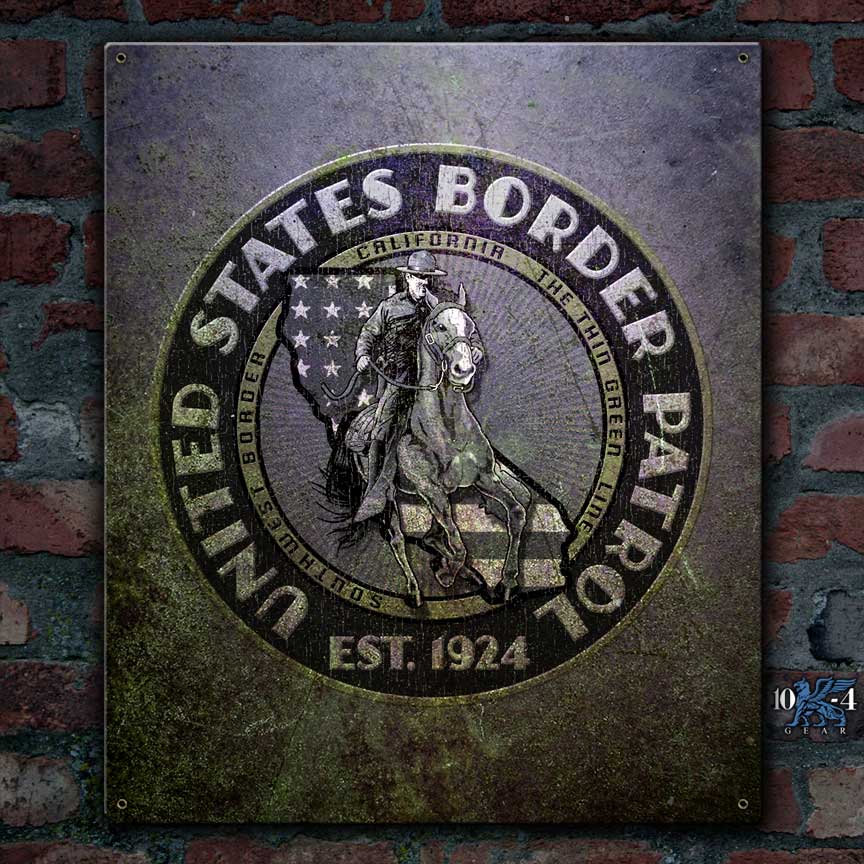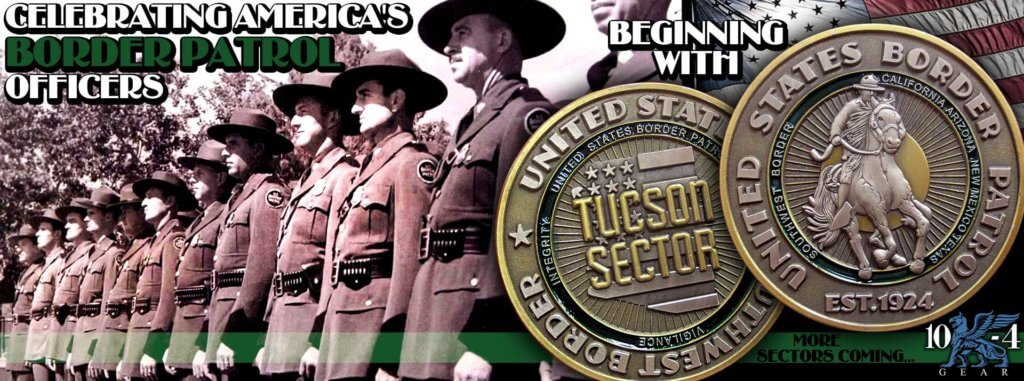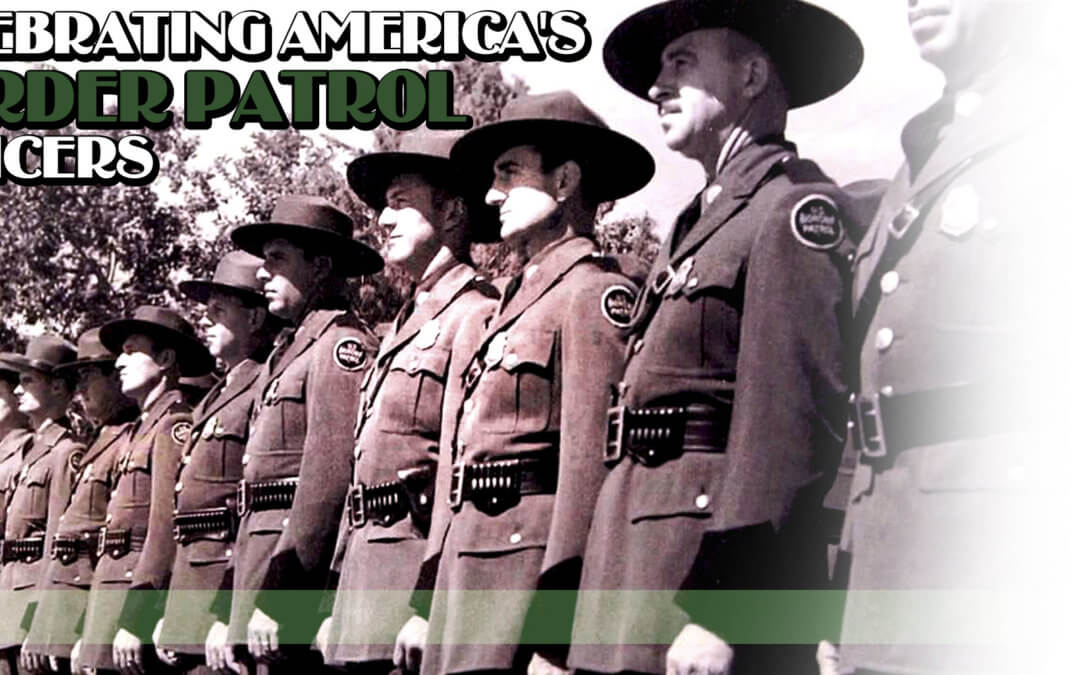The protection of national borders is a critical aspect of any country’s security. In the United States, the US Border Patrol plays a vital role in safeguarding the nation’s southern borders. This blog post delves into the world of the US Border Patrol, exploring its various sectors, nicknames, historical background, leadership structure, and the significant challenges it faces regarding Mexican cartels, drug trafficking, human trafficking, and the ability to effectively secure the USA’s southern borders.

Understanding the US Border Patrol: The US Border Patrol is a federal law enforcement agency under the Department of Homeland Security. It is responsible for patrolling the borders between official ports of entry, combating illegal immigration, preventing smuggling, and maintaining border security. The Border Patrol operates in distinct sectors along the southern borders, each with unique characteristics and challenges.
Sectors and Nicknames: The US-Mexico border is divided into nine sectors, each encompassing specific geographic areas. These sectors and their nicknames include:
- San Diego Sector – “San Diego”
- El Centro Sector – “El Centro”
- Yuma Sector – “Yuma”
- Tucson Sector – “Tucson”
- El Paso Sector – “El Paso”
- Big Bend Sector – “Big Bend”
- Del Rio Sector – “Del Rio”
- Laredo Sector – “Laredo”
- Rio Grande Valley Sector – “RGV” or “Rio Grande Valley”
Historical Background: The US Border Patrol has a rich history dating back to its establishment in 1924. Initially created to combat smuggling during Prohibition, the agency gradually expanded its mandate to address immigration issues and border security. Over the years, the Border Patrol has witnessed significant changes in its operations, technology, and strategies in response to evolving threats and challenges.

Leadership Structure: The US Border Patrol is led by a Chief Patrol Agent, who oversees operations within each sector. The Chief Patrol Agents report to the Chief of the Border Patrol, who is responsible for the overall management and coordination of the agency at the national level.
Challenges with Mexican Cartels, Drug, and Human Trafficking:
- Mexican Cartels: Mexican drug cartels pose a significant challenge to border security. These criminal organizations engage in drug trafficking, human smuggling, and other illicit activities, often exploiting vulnerable migrants and contributing to violence and instability on both sides of the border. The Border Patrol faces the daunting task of disrupting cartel operations while ensuring the safety of agents and the public.
- Drug Trafficking: The US-Mexico border serves as a major conduit for drug trafficking. The Border Patrol intercepts large quantities of illegal drugs, such as cocaine, methamphetamine, heroin, and marijuana, attempting to enter the United States. Cooperation with other law enforcement agencies and the implementation of advanced technology are crucial for effective drug interdiction.
- Human Trafficking: Human trafficking, particularly involving unauthorized migration and exploitation, is a grave concern along the southern borders. Migrants, including women and children, are often subjected to abuse, forced labor, and other forms of exploitation. The Border Patrol works to identify and rescue victims, while also implementing strategies to deter human traffickers.
The Ability to Properly Protect the USA and Her Southern Borders:
- Enhanced Border Security: Strengthening border security requires a multi-faceted approach that combines physical barriers, technology, intelligence sharing, and manpower. Adequate resources, infrastructure, and training for Border Patrol agents are essential to ensure the effective protection of the US southern borders.
- Cooperative Partnerships: Collaboration between the US and Mexico, as well as international cooperation, is crucial in combating cross-border crime. Sharing intelligence, coordinating operations, and addressing the root causes of illegal immigration and criminal activities can significantly enhance border security efforts.
- Comprehensive Immigration Reform: Addressing the underlying causes of illegal immigration requires comprehensive immigration reform that includes measures to streamline legal immigration processes, provide pathways to legal status for undocumented immigrants, and address economic, social, and political factors that drive migration.
Conclusion: The US Border Patrol plays a pivotal role in protecting the southern borders of the United States. The agency faces numerous challenges, including Mexican cartels, drug trafficking, and human trafficking. By leveraging resources, technology, and cooperative partnerships, the Border Patrol strives to maintain border security while upholding humanitarian values. A comprehensive approach that combines enhanced security measures, collaborative efforts, and comprehensive immigration reform is essential for effectively protecting the USA and her southern borders.



